Detect potential signs of cancer early, protect your health, and gain peace of mind with a quick, painless oral cancer screening.
An oral cancer screening is a simple, non-invasive examination that helps detect early signs of cancer or precancerous changes in the mouth. At Eagle Falls Dentistry, our experienced team uses advanced tools to perform oral cancer screenings and identify any unusual sores, lumps, or discoloured areas that could indicate early-stage disease.
During your visit, we thoroughly check your tongue, gums, throat, lips, and soft tissues for potential warning signs. Early detection through oral screening for mouth cancer can save lives by allowing for prompt treatment before conditions become serious.
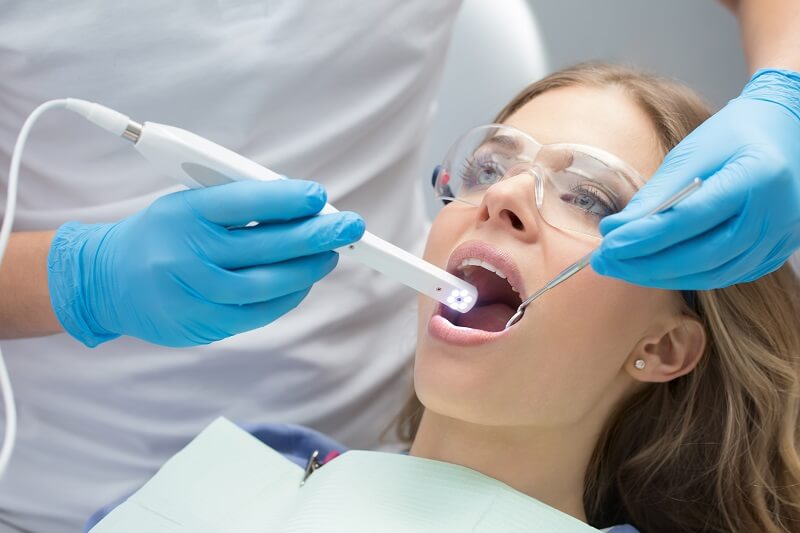

Anyone can benefit from an oral cancer screening, especially if you fall under certain risk categories. You should schedule regular screenings if:
Your oral cancer screening dentist in Bloomingdale will review your health history and identify whether you require more frequent checks.
At Eagle Falls Dentistry, our goal is to detect and prevent oral cancer before it progresses. Here’s what makes our approach exceptional:
Your health deserves attention, and prevention starts here.
Take the next step in advancing your dental health
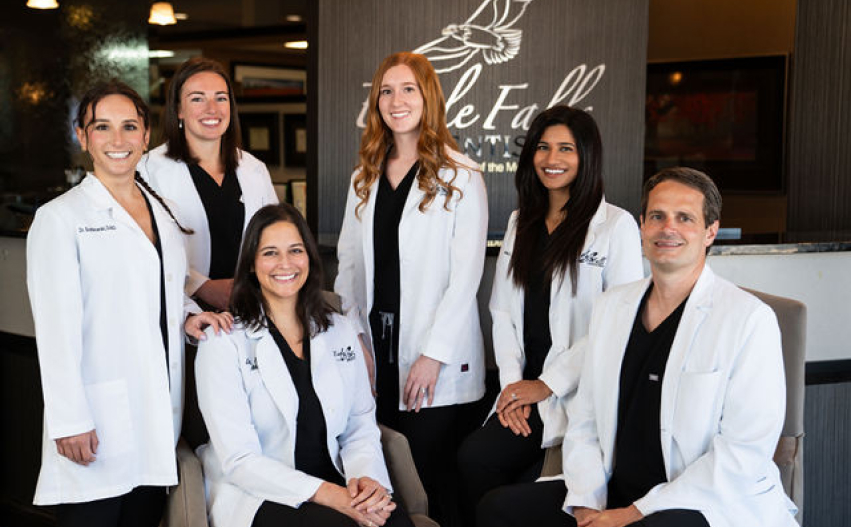
We offer several screening tests for oral cancer using advanced diagnostic systems designed to catch abnormalities early.
| Screening Type | Purpose | Technology Used | Comfort Level | Time Required | Key Benefit |
|---|---|---|---|---|---|
| Visual Examination | Detect visible lesions or discolouration | Mirror, light, and magnification | Comfortable | 10–15 minutes | Identifies early surface changes |
| Palpation Exam | Feel for lumps or thickened tissue | Gloved manual exam | Comfortable | 5–10 minutes | Detects hidden growths |
| Fluorescence Screening | Highlight abnormal cells under blue light | Specialized light | Comfortable | 10 minutes | Reveals hidden tissue changes |
| Brush Test | Collects cells for lab testing | Sterile brush | Slight pressure | 5 minutes | Confirms if cells are cancerous |
| Biopsy Referral | Confirms suspicious lesions | Lab tissue analysis | Minimal discomfort | Varies | Provides definitive diagnosis |
Each method helps us detect and address issues long before symptoms develop.
Wondering what happens during an oral cancer dentist screening? Here’s what you can expect when visiting Eagle Falls Dentistry:
Your dentist reviews your medical and lifestyle factors, identifying risk elements such as tobacco or alcohol use.
The dentist inspects the mouth, tongue, gums, and throat, feeling for any unusual lumps or lesions.
A special light is used to highlight irregular tissues not visible under normal lighting.
If an area appears suspicious, we gently collect cells for further laboratory analysis.
Your dentist explains findings and, if necessary, recommends further diagnostic steps or preventive measures.
We schedule re-evaluations for ongoing monitoring or to ensure healing and stability.
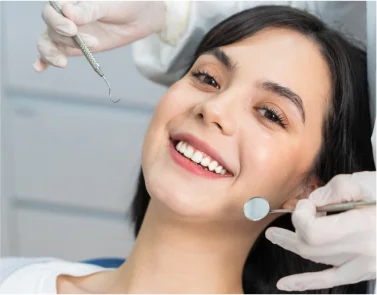
Regular exams allow dentists to monitor oral health, detect early signs of issues like cavities or gum disease, and provide timely interventions to prevent further complications

Deep cleanings remove plaque, tartar, and bacteria that daily brushing may miss. This helps prevent gum disease, tooth decay, and bad breath, keeping teeth and gums healthy
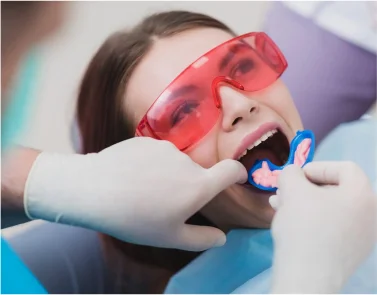
Fluoride strengthens tooth enamel, making it more resistant to decay. Applied during checkups, these treatments help prevent cavities, especially in children or those prone to decay.

Deep cleanings remove plaque, tartar, and bacteria that daily brushing may miss. This helps prevent gum disease, tooth decay, and bad breath, keeping teeth and gums healthy
Don’t wait to protect your health. At Eagle Falls Dentistry, we offer same-day oral cancer screenings to ensure you get fast, accurate results without delay. Early detection can make the difference between simple treatment and serious complications. Why risk waiting?
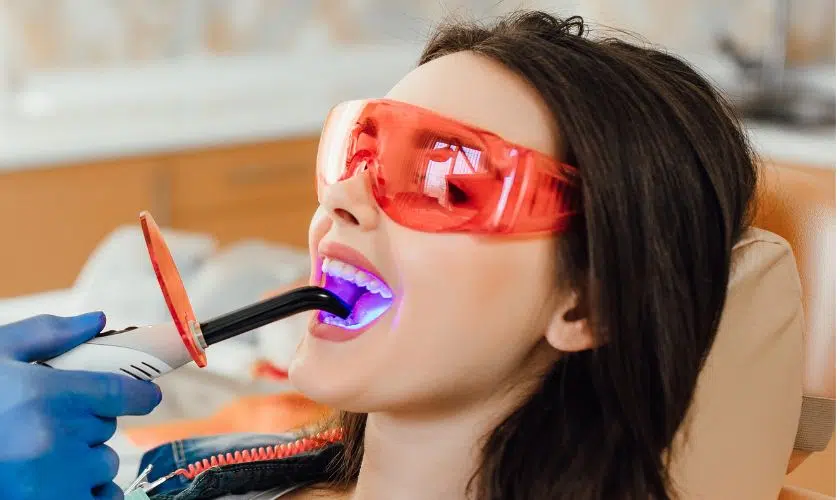
Explore our gallery to see the stunning transformations and exceptional results we’ve achieved for our patients. Each smile tells a story of care and excellence
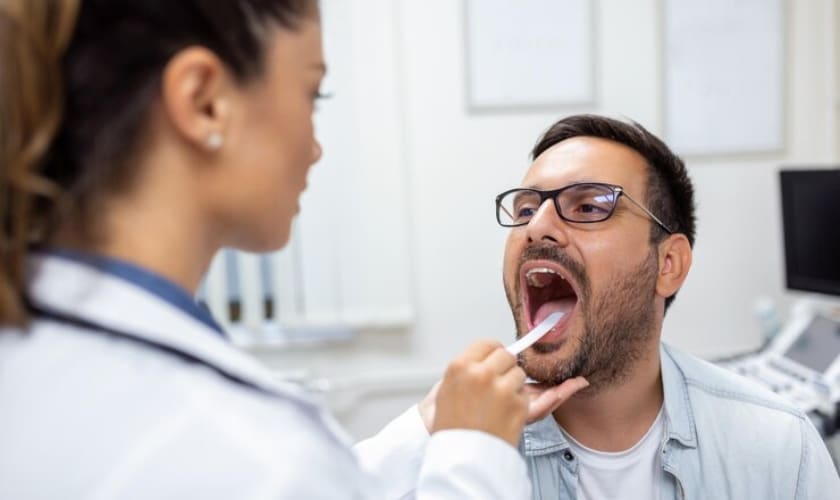
Taking just a few minutes for an oral cancer screening can make a life-changing difference.

D.D.S

D.M.D

D.M.D

D.M.D
It’s recommended once a year, though higher-risk individuals may need more frequent exams.
Not at all. It’s quick, gentle, and completely non-invasive.
Yes, early stages often go unnoticed, which is why regular oral cancer screenings are vital.
Usually less than 20 minutes, depending on whether additional tests are needed.
Your dentist will discuss the next steps, including possible lab testing or specialist referrals.
Most dental insurance plans include preventive exams; our team helps verify coverage.
Yes, though oral cancer is rare in young people, it’s safe and beneficial for peace of mind.
Avoid tobacco, limit alcohol, eat a diet rich in fruits and vegetables, and visit your dentist regularly.